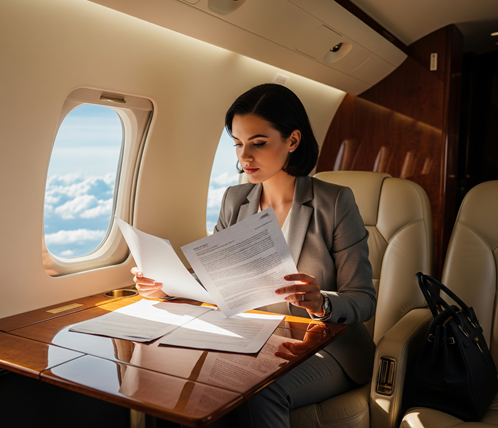Part - NCC
EASA Part-NCC
CHANGES OF EASA NON-COMMERCIAL COMPLEX AIRCRAFT OPERATIONS (PART-NCC)

EASA Air Operations Regulation (EU) No 965/2012 Part-NCC applies to non-commercial flights in complex motor-powered aircraft in the EU from 25 August 2016.
Part-NCC requires each operator to adhere to the same essential requirements as commercial air transport operators but the rules are proportionate - instead of holding an AOC, operators must submit a declaration to NAA about their operation.
WHO ARE AFFECTED?
Operators of complex motor-powered aircraft flying non-commercial flights:
With an aircraft that is registered in an EASA state; or
With an aircraft that is registered in a non-EASA state, but the operator is established or residing in an EASA State.
WHAT IS CLASSED AS A ‘COMPLEX MOTOR-POWERED AIRCRAFT’?
A complex motor-powered aircraft is:
An aeroplane:
- with a maximum certificated take-off mass exceeding 5700 kg; or
- certificated for a maximum passenger seating configuration of more than 19; or
- certificated for operation with a minimum crew of two pilots; or
- equipped with a turbojet engine(s); or,
- equipped with more than one turboprop engine and exceeding 5700kg.
A helicopter:
- certificated for a maximum take-off mass exceeding 3175 kg; or,
- certificated for a maximum passenger seating configuration of more than nine; or,
- certificated for operation with a
- minimum crew of two pilots.
- a tilt rotor aircraft.
NOTE: do not mix widely used definition of „operator“ in a context of management company. Management company usually is not an operator, it only provides certain services for the operating of aircraft.
Operator has the actual control of an aircraft operating matters and has full legal responsibility for that. Operator has to be declared as per Part-NCC, or stated in the registration document of the aircraft (usual EU practice).
AFTER CHANGES: WHAT IS REQUIRED FROM THE AFFECTED OPERATORS?

Operators will need to be familiar with the EASA Basic Regulation and the Air Operations Regulation. They will also need to comply with the detailed implementing rules in Annex III (Part-ORO Organization Requirements) and Annex VI (Part-NCC). If an operator needs specific approvals, for example, covering low visibility operations, performance based navigation or dangerous goods; they will need to comply with elements of Annex V (Part-SPA).
Affected operators need to understand the rules and ensure they are in compliance.
Operators must, for example:
- Have an operations manual
- Have a management system
- Complete and submit a declaration to us which details their aircraft type, their operational and continuing airworthiness arrangements, any approvals held etc.
Once compliant, operators of aircraft affected by the EASA regulations who are resident, or have their principal place of business, in the UK must make their declaration to Civil Aviation Authority (in accordance with Part-ORO).


